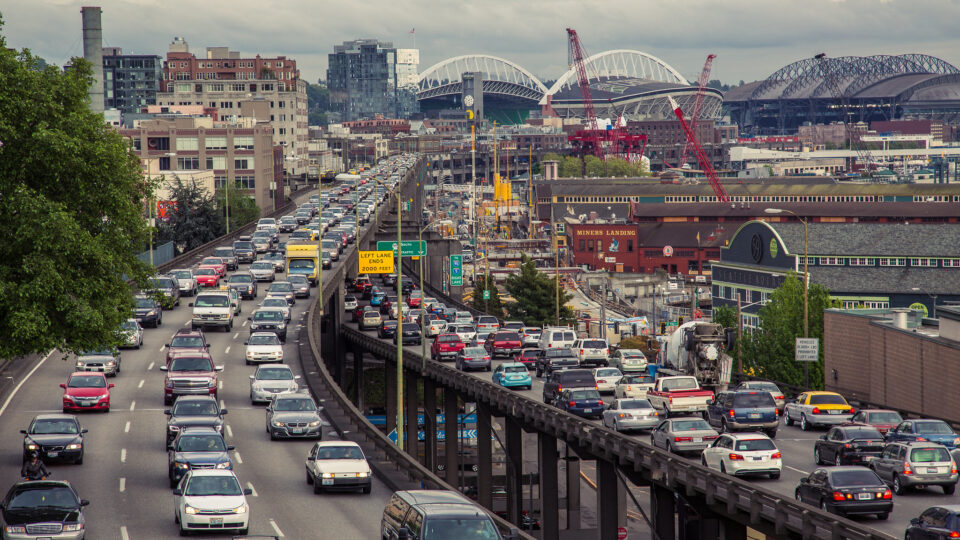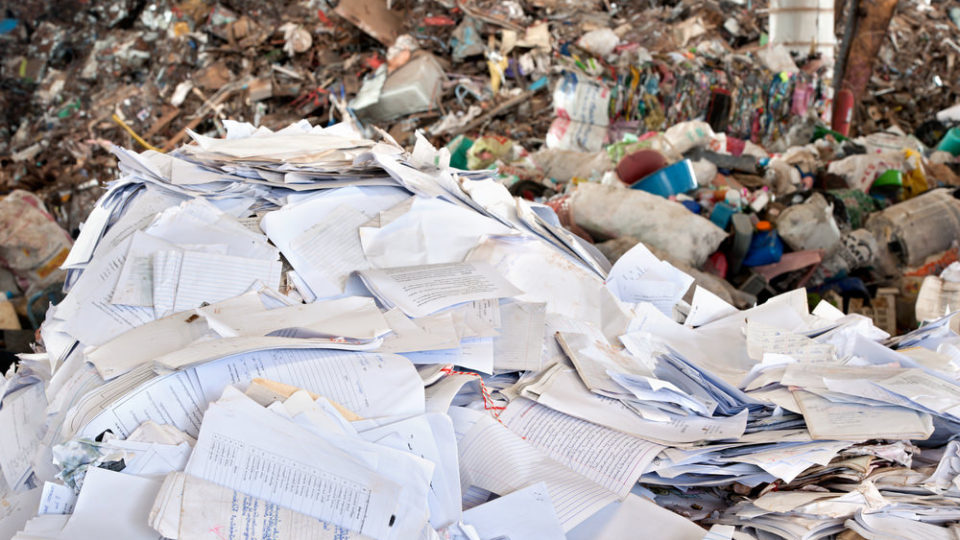A few years ago, researchers investigating massive deaths of coho salmon in West Coast streams discovered that the water contained particles from vehicle tires. The cause of the fish mortality turned out to be a chemical called 6PPD that is added to tires to prevent cracking and degradation. The mystery was solved, but so far, the chemical continues to be used by all major tire manufacturers and is found on roads and in waterways around the world.
Worse still, the acute toxicity of 6PPD and the chemicals that it transforms into when exposed to ground-level ozone is only the tip of the tire pollution iceberg. Tire rubber contains more than 400 chemicals and compounds, many of which are carcinogenic.
About 2 billion tires are sold across the globe each year and that number is expected to reach 3.4 billion by 2030. Tires are made from about 20% natural rubber and 24% synthetic rubber, which requires about 4 gallons of petroleum per tire. Hundreds of other ingredients – including steel, fillers, heavy metals like copper, cadmium, lead, and zinc – make up the rest.
Tire wear particles are emitted continually as vehicles travel. They range in size from visible pieces of rubber or plastic to microparticles. Research has shown that a car’s four tires collectively emit half a trillion ultrafine particles per mile driven. These particles are small enough to be breathed into the lungs and can travel throughout the body and even cross the blood-brain barrier. Particle pollution from tires exceeds that from tailpipes.
Tire pollution is a huge problem that is just starting to receive the attention it deserves.
**********
Web Links
Road Hazard: Evidence Mounts on Toxic Pollution from Tires
Photo, posted June 22, 2018, courtesy of Tony Webster via Flickr.
Earth Wise is a production of WAMC Northeast Public Radio












